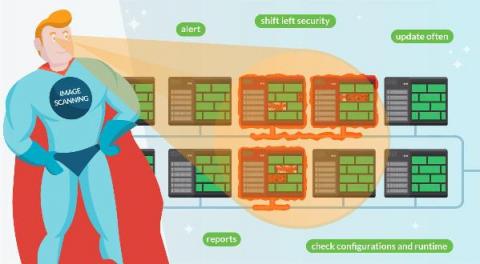Security | Threat Detection | Cyberattacks | DevSecOps | Compliance
Containers
Styra blends flexible integration and policy-as-code framework for Capital One
Capital One Financial Corporation is the nation’s largest direct bank. They have a well-earned reputation as a data and tech pioneer in the financial services industry and have long been progressive in setting a bold agenda around digital and tech transformation. This has meant operating years ahead of most enterprises in moving to the cloud, scaling in-house engineering workforce and adopting agile, microservices, open source and a modern data ecosystem.
Top vulnerability assessment and management best practices
By implementing these vulnerability assessment and vulnerability management best practices you will reduce the attack surface of your infrastructure. We’re human, and many things we build aren’t perfect. That’s why we take our cars for a periodic inspection, or why we have organizations certifying that products are safe to use. Software is no different.
Vulnerability Management with Sysdig
Getting Open Policy Agent Up and Running
Today, more organizations than ever use Open Policy Agent (OPA) as the de facto standard for policy enforcement across the cloud native stack. A graduated project from the Cloud Native Computing Foundation (CNCF), OPA has dozens of use cases — from Kubernetes guardrails, to microservices authorization, to infrastructure-as-a-service controls — that are leveraged by millions of users.
Get Kubernetes Backup - CloudCasa - in 1-Click from DigitalOcean Marketplace
Are you a DigitalOcean vendor or user and developing or deploying a Kubernetes application? You may want to preserve your cluster configuration, backup your persistent volumes to protect them from ransomware, accidental deletion, and long-term retention policies. CloudCasa is the only data protection and disaster recovery solution that has been tested and certified as a 1-Click appliction with DigitalOcean Kubernetes and available in their marketplace.











